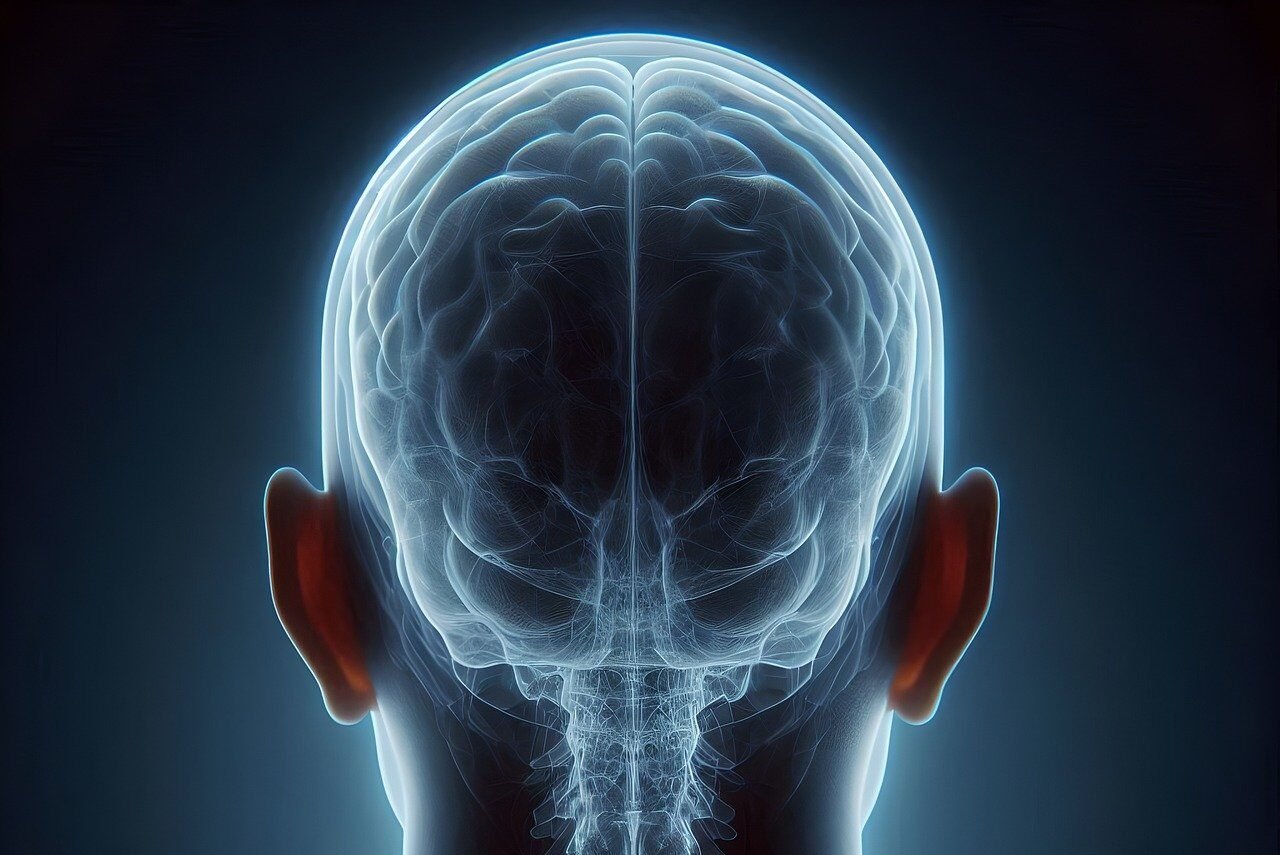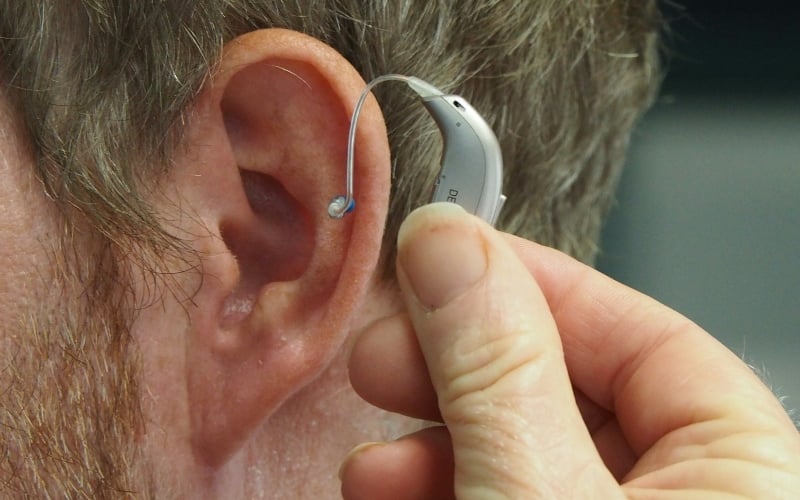By Kevin Stacey-Brown
NASA intends to visit Psyche with a spacecraft in 2026. The asteroid orbits the sun in the asteroid belt between Mars and Jupiter. It is the largest of the M-type asteroids, which are composed chiefly of iron and nickel as opposed to the silicate rocks that make up most other asteroids.
But when viewed from Earth, Psyche sends mixed signals about its composition.
The light it reflects tells scientists that the surface is indeed mostly metal. That has led to conjecture that Psyche may be the exposed iron core of a primordial planetary body—one whose rocky crust and mantle were blasted away by an ancient collision.
However, measurements of Psyche’s mass and density tell a different story. The way its gravity tugs on neighboring bodies suggests that Psyche is far less dense than a giant hunk of iron should be. So if Psyche is indeed all metal, it would have to be highly porous—a bit like a giant ball of steel wool with nearly equal parts void space and solid metal.
“What we wanted to do with this study was see whether it was possible for an iron body the size of Psyche to maintain that near-50% porosity,” says Fiona Nichols-Fleming, a PhD student at Brown University and lead author of the study in Geophysical Research Letters. “We found that it’s very unlikely.”
For the study, Nichols-Fleming worked with Alex Evans, an assistant professor at Brown, and Purdue professors Brandon Johnson and Michael Sori. The team created a computer model, based on known thermal properties of metallic iron, to estimate how the porosity of a large iron body would evolve over time.
The model shows that to remain highly porous, Psyche’s internal temperature would have to cool below 800 Kelvin very shortly after its formation. At temperatures above that, iron would have been so malleable that Psyche’s own gravity would have collapsed most of the pore space within its bulk. Based on what is known about conditions in the early solar system, the researchers say, it’s extremely unlikely that a body of Psyche’s size—about 140 miles in diameter—could have cooled so quickly.
In addition, any event that may have added porosity to Psyche after its formation—a massive impact, for example—would likely have also heated Psyche back up above 800 K. So any newly introduced porosity would have been unlikely to last.
Taken together, the researchers conclude the results suggest that Psyche probably isn’t a porous, all-iron body. More likely, it’s harboring a hidden rocky component that drives its density down. But if Psyche does have a rocky component, why does its surface look so metallic when viewed from Earth? There are few possible explanations, the researchers say.
One of those possibilities is ferrovolcanism—iron-spewing volcanoes. It’s possible, the researchers say, that Psyche is actually a differentiated body with a rocky mantle and an iron core. But widespread ferrovolcanic activity may have brought large amounts of Psyche’s core up to the surface, putting an iron coating atop its rocky mantle. Prior research from Johnson and Evans has shown that ferrovolcanism is possible on a body like Psyche.
Whatever the case, scientists will soon get a much clearer picture of this mysterious asteroid. Later this year, NASA plans to launch a spacecraft that will rendezvous with Psyche after a four-year journey to the asteroid belt.
“The mission is exciting because Psyche is such a bizarre and mysterious thing,” Nichols-Fleming says. “So anything the mission finds will be really important new data points for the solar system.”
Source: Brown University
—
This post was previously published on futurity.org and is republished here under a Creative Commons license.
***
You Might Also Like These From The Good Men Project
 Compliments Men Want to Hear More Often
Compliments Men Want to Hear More Often  Relationships Aren’t Easy, But They’re Worth It
Relationships Aren’t Easy, But They’re Worth It  The One Thing Men Want More Than Sex
The One Thing Men Want More Than Sex  ..A Man’s Kiss Tells You Everything
..A Man’s Kiss Tells You Everything Join The Good Men Project as a Premium Member today.
All Premium Members get to view The Good Men Project with NO ADS.
A $50 annual membership gives you an all access pass. You can be a part of every call, group, class and community.
A $25 annual membership gives you access to one class, one Social Interest group and our online communities.
A $12 annual membership gives you access to our Friday calls with the publisher, our online community.
Register New Account
Log in if you wish to renew an existing subscription.
Username
First Name
Last Name
Password
Password Again
Choose your subscription level
- Yearly - $50.00 - 1 Year
- Monthly - $6.99 - 1 Month
Credit / Debit Card PayPal Choose Your Payment Method
Auto Renew
Subscribe to The Good Men Project Daily Newsletter By completing this registration form, you are also agreeing to our Terms of Service which can be found here.Need more info? A complete list of benefits is here.
—
Photo credit: iStock
The post ‘Bizarre’ Psyche Asteroid May Be Less Heavy Metal, More Hard Rock appeared first on The Good Men Project.
Original Article










